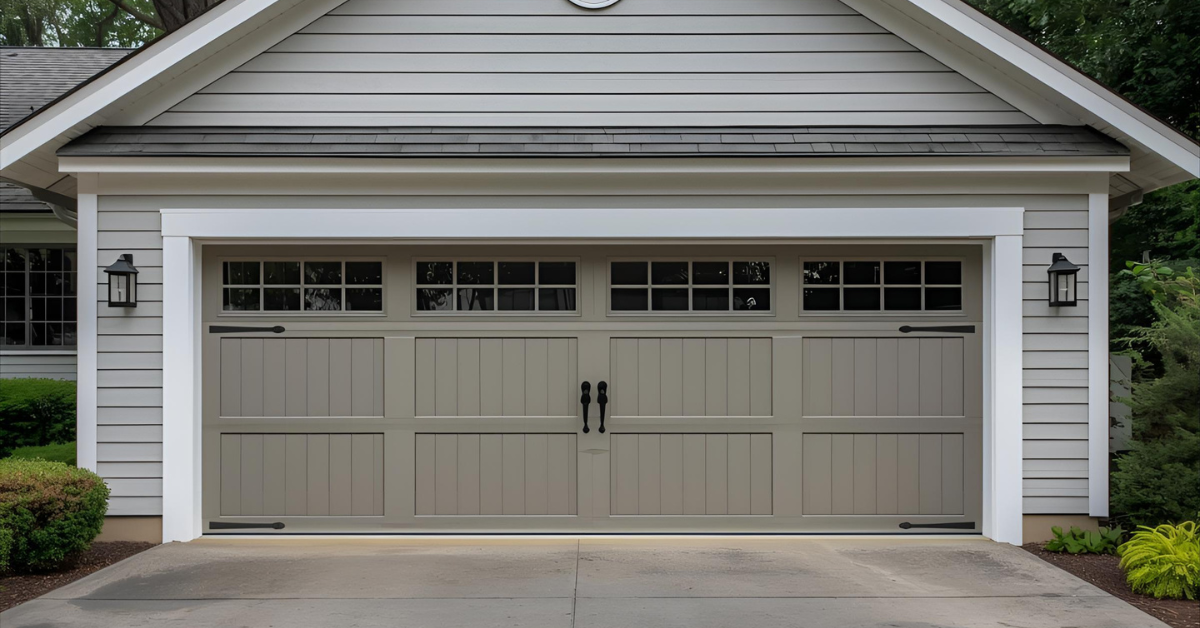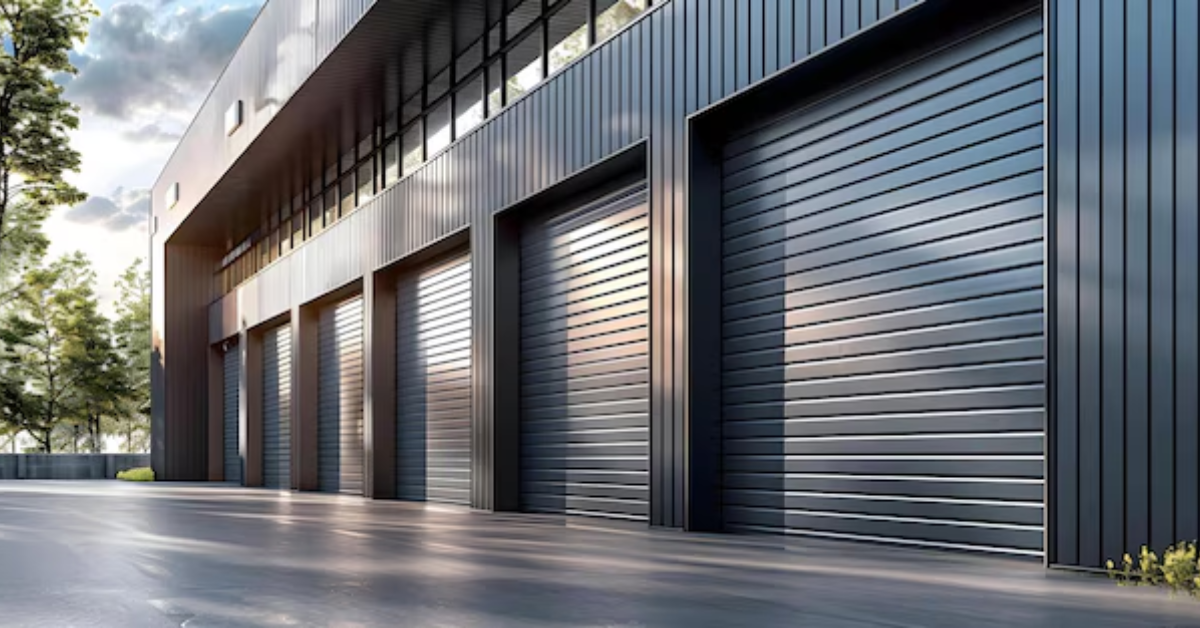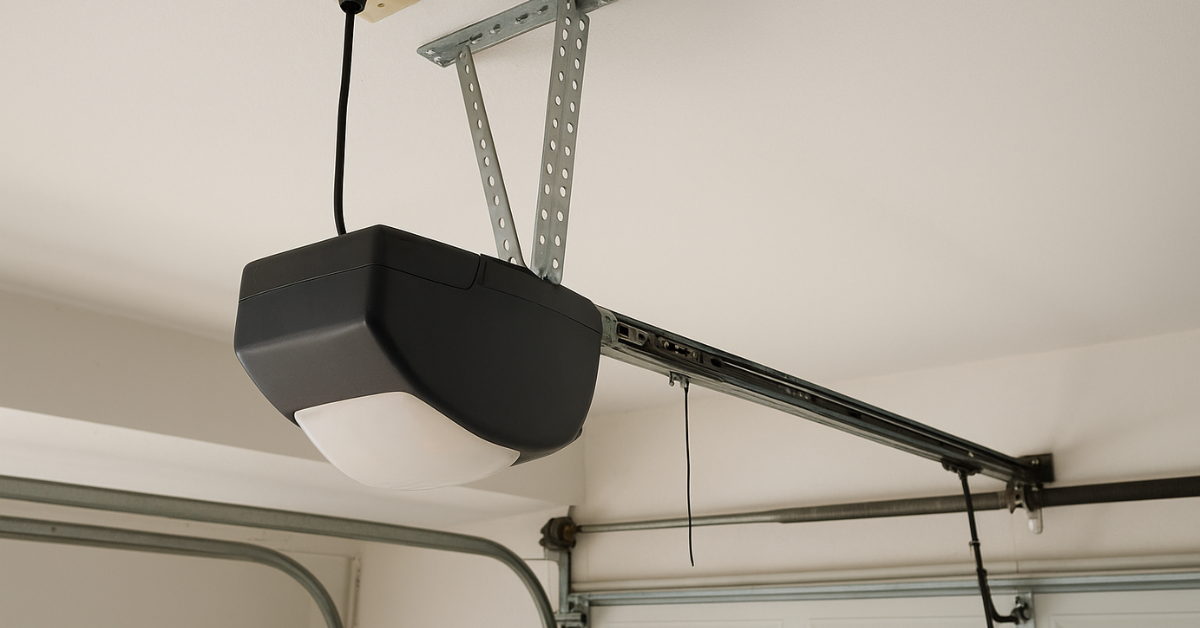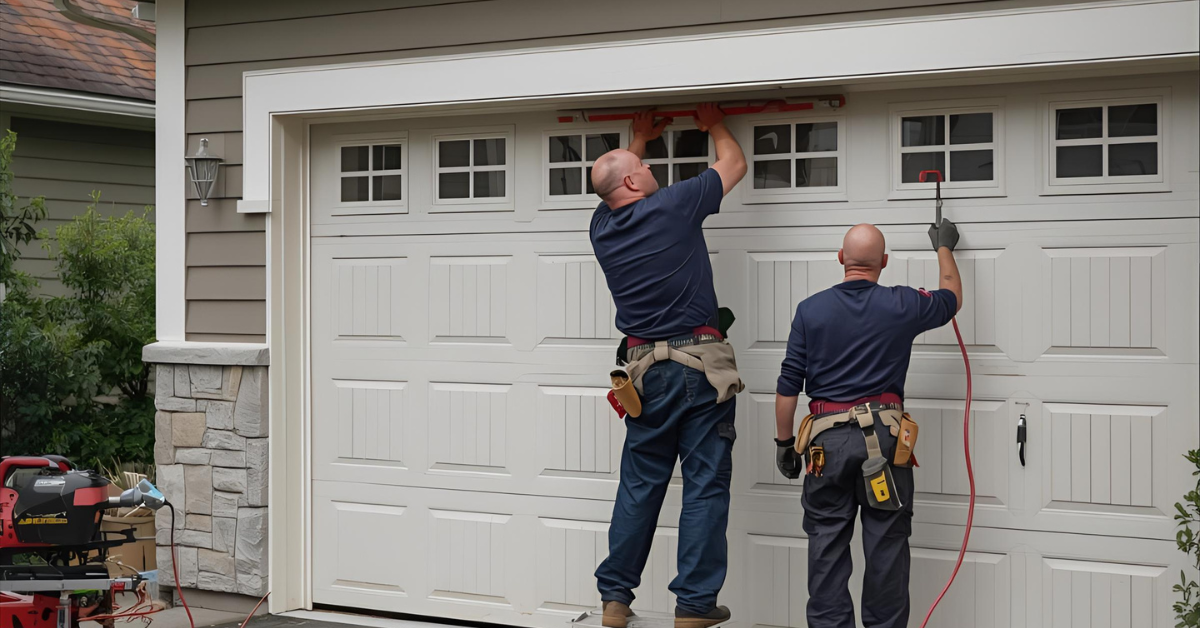What Are the Must-Have Safety Features for Smart Garage Doors in 2025?
In 2025, smart technology has taken home security and convenience to the next level — and garage doors are no exception. A smart garage door doesn’t just open and close with a remote anymore; it’s now equipped with intelligent safety systems that protect your family, your car, and your property.
But as modern features continue to evolve, one question stands out: what are the must-have safety features for smart garage doors in 2025? Whether you’re upgrading your existing door or planning to install a new one, understanding these features is essential to ensure both safety and performance.
Let’s dive into the key technologies every homeowner should look for this year.
Why Safety Matters More Than Ever
Your garage door is one of the largest moving parts of your home — and one of the most used. From daily comings and goings to providing direct access to your home, it plays a crucial role in both security and safety.
Unfortunately, garage doors can also pose risks if not equipped with proper safety measures. Accidental closures, intrusions, or mechanical failures can lead to serious injuries or property damage. That’s why today’s smart garage doors are designed with advanced safety mechanisms that prevent accidents and offer peace of mind through real-time monitoring and control.
1. Advanced Motion and Obstacle Detection Sensors
One of the most important smart garage door safety features is motion detection technology. Traditional safety sensors stop the door when something crosses its path, but 2025 models go further.
These newer systems use infrared beams and ultrasonic sensors to detect even small movements beneath the door. If a pet, child, or object is detected, the system automatically halts and reverses the door’s movement to prevent injury or damage.
Some smart garage doors even feature 360° motion awareness, allowing them to detect movement around the entire door area, not just directly underneath.
2. Auto-Reverse Function
The auto-reverse function has long been a standard, but in modern garage doors, it’s more sensitive and responsive than ever. When the sensors detect resistance — whether from a bike, a car bumper, or a person — the door instantly reverses direction.
In 2025, smart versions of this feature come with adaptive force detection, meaning the system learns how much pressure is normal for your door and adjusts its sensitivity accordingly. This reduces false triggers while ensuring maximum safety.
3. Smart Locks and Secure Access Control
Garage doors are often a main entry point into homes, so securing them is vital. Modern smart lock systems now integrate with mobile apps, fingerprint scanners, and voice assistants for safer, more personalized access.
Instead of using easily misplaced remotes or codes, you can unlock your garage through your smartphone, or even set temporary access codes for guests or delivery services.
These systems also send real-time alerts if someone tries to force the door open, giving homeowners the ability to respond immediately — even from miles away.
4. Wi-Fi and App Connectivity
Remote control has transformed into full smart connectivity. Through mobile apps, homeowners can now monitor, open, or close their garage doors from anywhere.
In 2025, the latest garage door openers offer:
- Live activity logs to track who accessed the door and when.
- Automatic closing schedules for added safety.
- Integration with smart home systems like Google Home, Alexa, and Apple HomeKit.
This connectivity not only boosts convenience but also acts as an extra layer of safety — you’ll never have to wonder again if you left the garage open.
5. Battery Backup and Emergency Manual Release
Power outages can happen anytime, leaving your smart systems temporarily useless. That’s why a battery backup system is an essential safety feature. It ensures your garage door remains operational even during blackouts, so you’re never locked out (or in).
In addition, every smart garage door should include an emergency manual release — allowing you to operate the door manually in case of a system failure. This feature ensures accessibility and safety in unexpected situations.
6. Anti-Lift and Anti-Tamper Technology
Modern burglars are tech-savvy, and garage doors are often their target. That’s where anti-lift and anti-tamper features come in.
In 2025, smart garage doors are designed with encrypted locking systems and auto-locking mechanisms that activate after every close. Some even detect tampering attempts and automatically alert homeowners or local security systems.
This high-level protection keeps your home secure, even when you’re away for extended periods.
7. Temperature and Fire Sensors
Safety isn’t only about preventing injuries or theft — it’s also about protecting your property. Many smart garage door systems now come with built-in temperature and fire sensors.
If the garage reaches a dangerous heat level or smoke is detected, the system can send an alert to your phone and even automatically open the door to vent the area. This quick response can prevent larger disasters and help protect your home.
8. Child and Pet Safety Features
Homes with children or pets need extra safety measures. In 2025, many garage doors are designed with enhanced motion sensors that detect smaller, faster movements typical of pets or kids.
Some models also include smart zones, where the door won’t operate if movement is detected within a specific safety radius. These features are crucial in preventing accidents and ensuring family safety.
9. Real-Time Monitoring and Alerts
Today’s smart garage door safety systems let homeowners keep an eye on their doors 24/7. Through connected apps, you can get real-time notifications for unusual activity, open-door reminders, or system malfunctions.
This constant monitoring helps prevent accidents, unauthorized entries, and potential mechanical issues before they become major problems.
10. Quiet and Smooth Operation
Though often overlooked, a quiet, vibration-free garage door adds to safety by ensuring all parts function correctly. Jerky or noisy movements can signal mechanical wear that might lead to accidents.
The latest models use soft-start and soft-stop motors, which prevent sudden forceful movements, protecting both the door mechanism and users.
Conclusion
In 2025, smart garage door safety features go beyond convenience — they form the foundation of home security and accident prevention. From motion sensors and auto-reverse technology to smart locks and real-time monitoring, these innovations ensure your garage door is not just intelligent, but also safe and reliable.
Whether you’re upgrading your system or building a new smart home, choosing a garage door equipped with these modern safety technologies is one of the smartest decisions you can make for your family’s protection.
FAQs About Smart Garage Door Safety Features
Q1. Are smart garage doors safer than traditional ones?
A: Yes. Smart garage doors include advanced sensors, alerts, and connectivity features that prevent accidents and enhance security.
Q2. Can I upgrade my existing garage door with smart safety features?
A: Absolutely. Many smart openers and sensor kits are designed to retrofit existing garage doors.
Q3. How often should I check my garage door safety sensors?
A: At least once a month. Regular testing ensures your sensors and auto-reverse system are working properly.
Q4. Do smart garage doors work during power outages?
A: Yes, if equipped with a
battery backup system, your door can still operate safely.
Q5. Are smart garage doors compatible with Alexa or Google Home?
A: Most modern models are. This allows hands-free voice control and remote access through connected devices.
With technology advancing rapidly, safety should always remain a top priority. Investing in a smart garage door with essential safety features not only protects your property but gives you confidence every time you open or close your garage.




